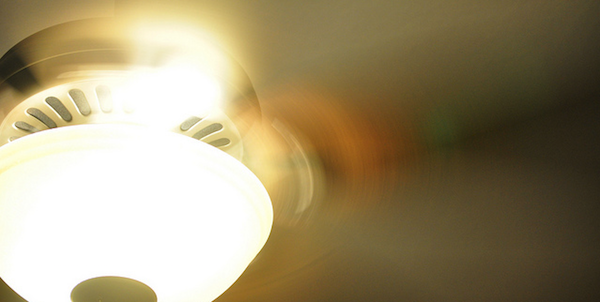Along with regulations on vending machines, pre-rinse spray valves used in commercial kitchens, and commercial rooftop heating and cooling, the Department of Energy has finalized new rules for ceiling fan light kits (CFLKs) and boilers.
The rule changes, issued in the last week of 2015, finalize a list of 13 total rule changes for the year. Every six years, the DOE is required by the National Appliance Energy Conservation Act to review and update appliance and equipment energy-efficiency standards. The goal is to create standards that lead to energy savings in a cost-effective way.
The DOE said in a report that changing the conservation standards for CFLKs will cost manufacturers $6.4 million, but that it will save consumers $500 million to $660 million on CFLKs purchased from 2019 to 2048. Light kits will be required to meet a minimum efficacy determined by their lumen output.
The new standards will reduce greenhouse gas emissions, saving 3.4 million metric tons of carbon dioxide, 2.6 thousand tons of sulfur dioxide, 5.2 tons of nitrogen oxides, and 11.2 thousand tons of methane over the same time frame. For CO2 emissions, a 3.1 million metric ton reduction through 2030 would be the equivalent of the emissions from electricity use by 400,000 homes, according to the DOE.
As for boilers and furnaces, the DOE said that revisions include clarifying the components of the burner electrical power input term, clarifying the testing of units intended to be installed without a return duct, and adopting a verification standard for determining whether a boiler uses an automatic means of adjusting water temperature.
“While many households would benefit from condensing technology, many would be worse off due to difficult and costly installations or [because they are] in relatively warm climates,” wrote Lauren Urbanek, senior energy policy advocate at Natural Resources Defense Council, in a blog post for NRDC Switchboard. “This rule comes with relatively modest energy savings for those homeowners (0.16 quads over the next 30 years, which is equivalent to the total annual energy use of about a million homes). Homeowners collectively will save between $350 million and $1.2 billion in energy costs over that same time frame.”







